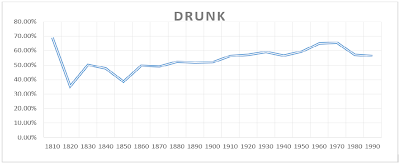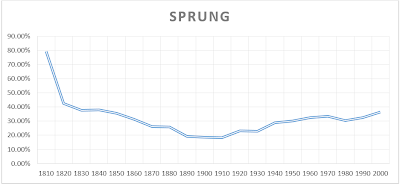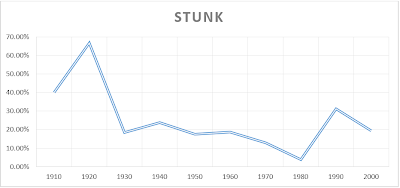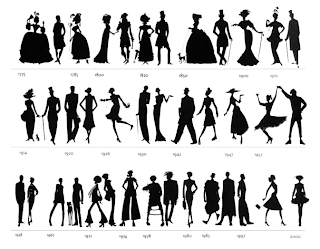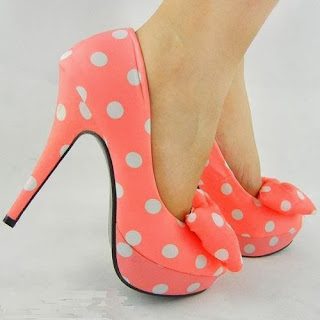We've been running since the dawn of time, either for survival or enjoyment. But the word run was changed throughout the years and can now mean many other things than just the act of moving our legs really fast. If you look at the word net search for
run, you can see that there are many different meanings of this word today. I decided to look at some of these different meanings and to look at different ways you can see how it has changed.
Verb
Taking a look a the word run as a verb,
COHA shows an increase. This is happening, presumably, because of the increase of meanings to the word (not necessarily that we're running more).
The first instance of run as a verb with the definition: "To go with quick steps on alternate feet, never having both or (in the case of animals) all feet on the ground at the same time; to make one's way or cover ground in this manner" shows up in the OED in Old English, while the first with a recorded date is around 1225.
The image of someone moving fast when running has spread the meaning to multiple other meanings.
Some people are known for "runing their mouths". The OED places the first usage of this type of 'run' circa 1425 in the phrase "His large tonge..To suffren..to renne out of les..doth he..that spoken hath so large."
COHA showed no strings on any of the searches I did, but Google Books shows an increase when using the pronouns
his,
her, and
their. I also did a search of
run * mouth to compare, and it shows a nicer curve of an increase.
One of the more common ways 'run' has changed as a verb is its use it the sentence "He's running for mayor". I took a look at the usage of
[pp*] [run] for [nn*] and compared the usage between 1900-2000 and 1810-1890. You can see that common nouns, like actual offices, are more in use today than they were during the 1800s.
Not only animate objects can run. I looked at the word run in the terms of liquid running in
COHA and you can see a slow (and rocky) increase through the years (interesting note, the peaks focus around years of wars). You can also see a common use of what types of
liquids are around the word 'run'.
That is only a small glimpse into the world of the verb run. If you take a look at the
words surrounding the verb run, you notice that the most common uses involve running something (with "to run the") and the original verb definition with "to run away", and "to run ."
Finally, I looked at the most common collocates surrounding the verb run. The most common adjectives that
prefix the verb run are able, ready, and little. The most common adjectives that come
after the verb run are wild, high, and little.
Noun
Run as a noun shows a similar increase in
COHA as it did as a verb. Word net explains that many different meanings for the word run as a noun, including trials, races, and unrestricted use. You can see the most commonly used adjectives in
COHA separated by the years .
Another interesting use of the word run as a noun is in the
string run of the [nn*]. As you can see, it has a steady increase of this meaning, unrestricted freedom. Also, taking a look at the most common
collocates surrounding run of the [nn*] you can see that there is a shift in what people have control of (today: Run of the season/game, past: run of the ship).
You can also score runs in different sporting. If this seems a little old school it appears to be not as common as it ones was. There were no hits in COHA for this term, but Google Books shows a decrease of the usage
[pp*] [score] a run.
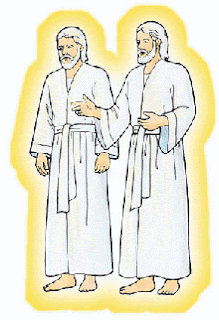

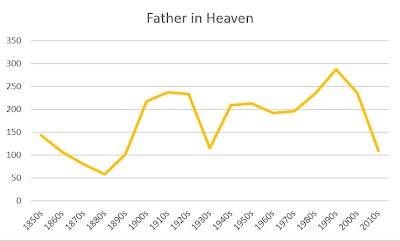
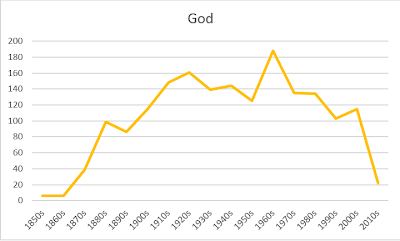
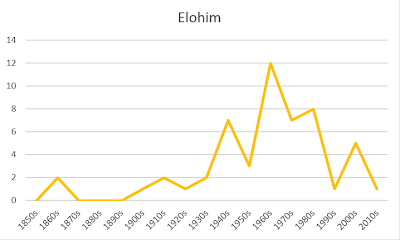

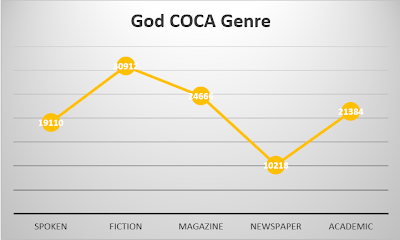
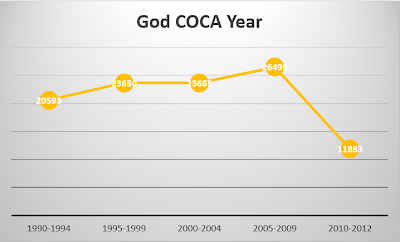
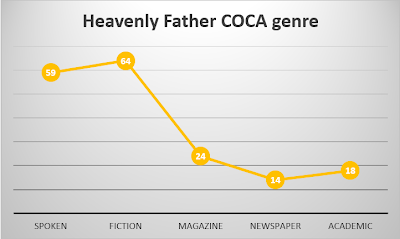

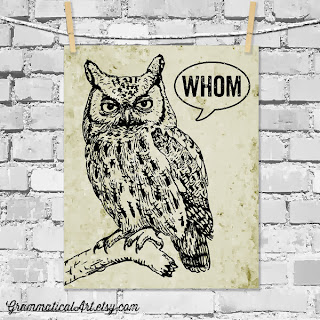
.png)
.png)
.png)
.png)
.png)
.png)
.png)
.png)

